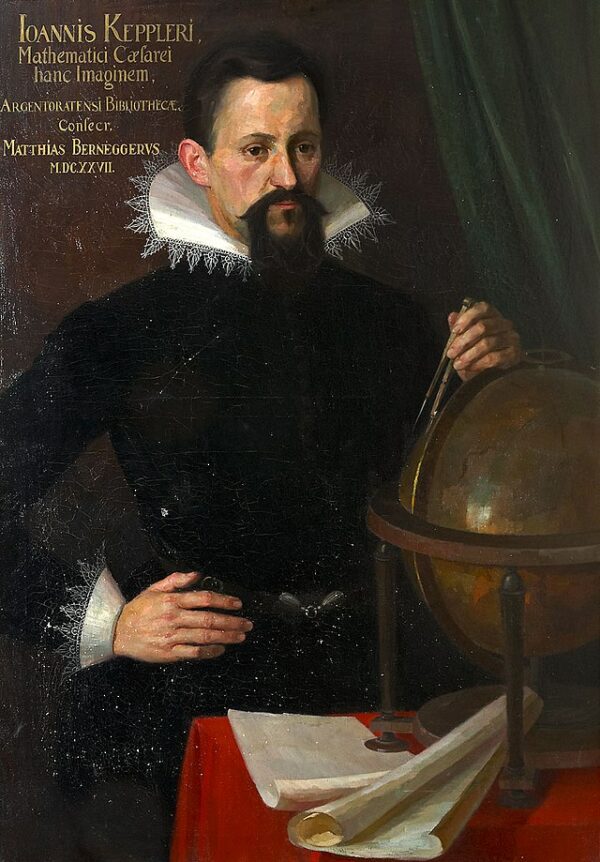On the evening of October 9, 1604, a new and dazzling light appeared in the constellation Ophiuchus. To observers across Europe and Asia, it was as if a new star had been born overnight—a radiant point that outshone every other object in the night sky save for the Moon and Venus. What they were witnessing was not a star’s birth but its death: a titanic stellar explosion that would later be known as Kepler’s Supernova, or SN 1604, the last supernova observed within our Milky Way galaxy.
The appearance of the “new star” came at a time when astronomy was in the midst of a revolution. Just two years earlier, Johannes Kepler had published Astronomia Nova, redefining celestial mechanics through his first two laws of planetary motion. The supernova’s sudden brilliance—visible even during daylight for over three weeks—sparked widespread debate among scholars, theologians, and natural philosophers. To many, it challenged the long-standing Aristotelian belief in the immutable perfection of the heavens. If change could occur among the stars, then perhaps the cosmos was not the fixed, crystalline sphere philosophers had long imagined.
Kepler himself, then serving as imperial mathematician in Prague, observed the phenomenon meticulously for over a year, recording its brightness and gradual fading. He published his findings in De Stella Nova in Pede Serpentarii (1606), a detailed astronomical treatise that combined rigorous observation with theological reflection. The book marked a milestone in early modern science, not merely cataloging a celestial event but questioning the very framework of cosmology inherited from antiquity. Kepler, though a devout Lutheran, saw in the supernova both divine symbolism and empirical revelation—proof that the heavens, like the Earth, were dynamic and governed by discoverable laws.
The object itself was located roughly 20,000 light-years away in the direction of Ophiuchus, near the border of Sagittarius. Astronomers today classify it as a Type Ia supernova—a thermonuclear explosion of a white dwarf star in a binary system that had accumulated too much mass from its companion. The energy released in such an event is staggering: for a brief period, the dying star outshines billions of suns combined. Although invisible to the naked eye today, remnants of the 1604 explosion persist as an expanding shell of hot gas and dust, detectable in radio, optical, and X-ray wavelengths. Modern telescopes, including NASA’s Chandra X-ray Observatory, have mapped this remnant in exquisite detail, revealing a glowing, turbulent cloud still racing outward at thousands of kilometers per second.
Contemporary observers, however, could only speculate. Many saw omens of war, plague, or divine wrath. The early 17th century was an age of uncertainty—religious schisms, imperial ambitions, and the first stirrings of the Thirty Years’ War. Astrologers linked the star’s appearance to imperial fortunes and the fate of Europe. Yet for Kepler, its significance lay not in prophecy but in natural order. “It is not ours to divine what God intends,” he wrote, “but to observe what He has wrought.” That sentiment placed him at the threshold of modern scientific thinking: the shift from mystical interpretation to systematic observation.
Kepler’s Supernova remained visible to the naked eye for over a year before fading from sight, never to be seen again. Since then, no supernova within the Milky Way has appeared bright enough to be observed unaided. Several have occurred, concealed by interstellar dust, but none have rivaled the spectacle of 1604. In that sense, Kepler’s “new star” stands as both an astronomical and historical marker—the last time humankind witnessed, within our own galaxy, the cataclysmic death of a star.



